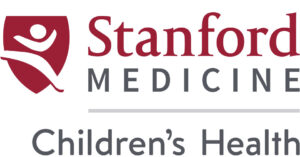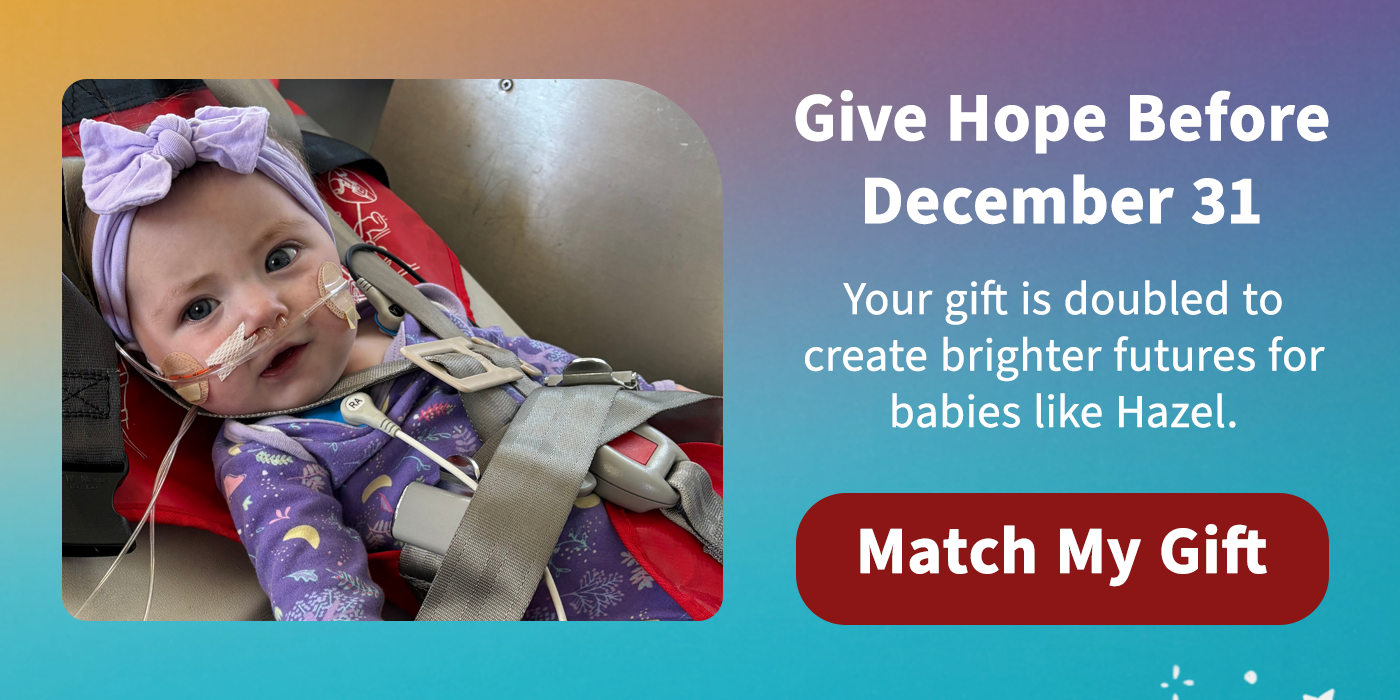Health Care System for Chronically Ill Children in California Lags Behind Many States, New Study Shows
Full report available here.
PALO ALTO – California trails many states when it comes to ensuring that children with chronic medical conditions receive adequate health and social services, according to a study released today by the Lucile Packard Foundation for Children’s Health. The state ranks in the bottom six states on key health measures such as access to pediatric specialists and coordination of care.
“Despite California’s impressive history of health care innovation and leadership, the state is not leading in providing care for children with special health care needs,” said the study’s lead author, Christina Bethell, director of the Child and Adolescent Health Measurement Initiative at Oregon Health and Science University.
The study, Children with Special Health Care Needs in California: A Profile of Key Issues, analyzes the most recent data from a survey of parents by the U.S. Maternal and Child Health Bureau. Among the key findings:
-
- An estimated one in 10 – approximately one million – California children under age 18 has a special health care need, ranging from mild to life-threatening.
- Families of children with special health care needs in California are more likely than families in all other states to cut back on or stop working due to their child’s condition.
- California ranks 50th in the nation in the percentage of children with special health care needs who have problems getting needed referrals for specialty care.
- Although most California children with special health care needs are insured, just 59 percent of those who are insured have consistent and adequate health insurance coverage to meet their health needs.
- Nearly half of California children with special health care needs do not receive effective coordination of their medical treatments. The state ranks 46th in the nation on this measure
Children are considered to have special health care needs if they have a chronic health problem and use more health care services than typical children. These children may have conditions such as asthma or diabetes, which often can be controlled with medication and lifestyle changes, or they may depend on sophisticated medical equipment to get through each day. Children with special needs account for more than 40 percent of all health care costs among children nationwide, despite making up only about 16 percent of the U.S. child population.
In California, families of children with the most complex needs usually have the most difficulty in finding medical and dental care, child care, transportation, educational assistance, medical equipment, consistent health insurance, and a range of other services, according to the report.
Isabel Lydon-Suen’s 9-year-old son, Thomas, has a genetic condition that has led to epilepsy, encephaly and cerebral palsy. He uses a feeding tube and a wheelchair. The San Francisco mother would like to see a health care system that deals with the whole child and better coordinates his or her care.
“Thomas has a handful of specialists, each of whom deals with their specialty. But do these people ever get together in a room to talk? Rarely,” Lydon-Suen said. “When something has gotten out of control, Thomas gets admitted to the hospital in a crisis situation. It’s costly and traumatic for whole family.
The Lucile Packard Foundation for Children’s Health commissioned the study to inform its efforts to improve health care systems for children with special health needs. The foundation, based in Palo Alto, Calif., supports work in the areas of care coordination, discharge planning, parent advocacy training, young medical investigators, and quality standards.
The Foundation recommends the following changes to improve care for children with special health needs, said David Alexander, MD, its president and CEO.
-
- Strengthen and expand care coordination efforts
- Facilitate access to community-based therapeutic and family support services.
- Improve availability, comprehensiveness, and affordability of insurance
- Improve access to specialist care
- Emphasize family-centered care
“Our hope is that these investments, along with the findings in this report, will encourage action toward an effective, cost-efficient system that truly meets the needs of children and families,” Alexander said.
###
About the Lucile Packard Foundation for Children’s Health: The Lucile Packard Foundation for Children’s Health is a public charity, founded in 1997. Its mission is to elevate the priority of children’s health, and to increase the quality and accessibility of children’s health care through leadership and direct investment. The Foundation works in alignment with Lucile Packard Children’s Hospital and the child health programs of Stanford University.
About the Child and Adolescent Health Measurement Initiative: Founded in 1997, the CAHMI is a research and policy group based at Oregon Health & Science University that focuses on the development, implementation, and strategic dissemination of data based on measures of child and adolescent health and health care quality. The CAHMI is committed to advancing patient-centered innovations by putting children, youth and families at the center of quality measurement and improvement.

